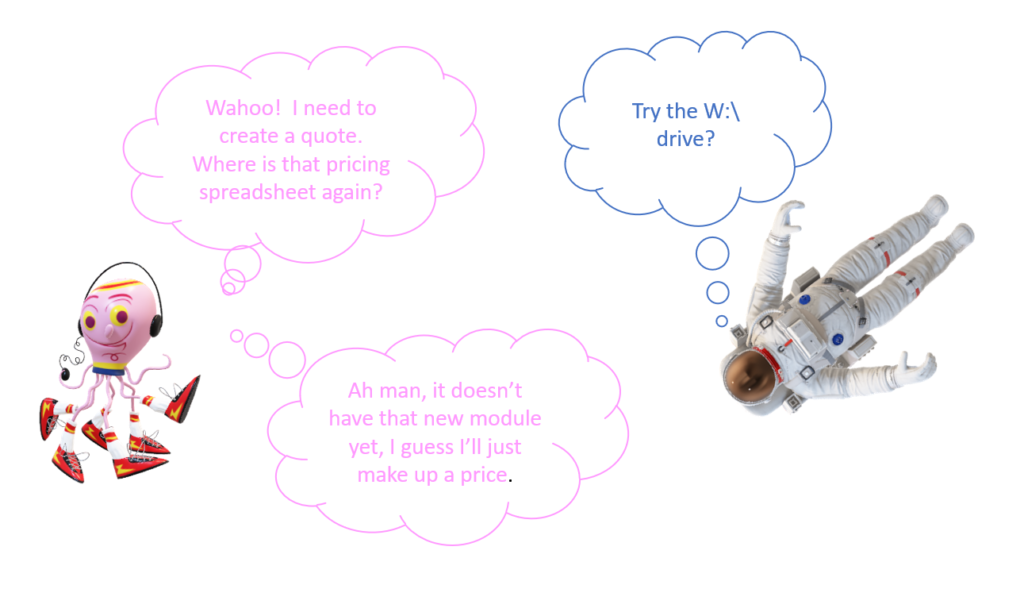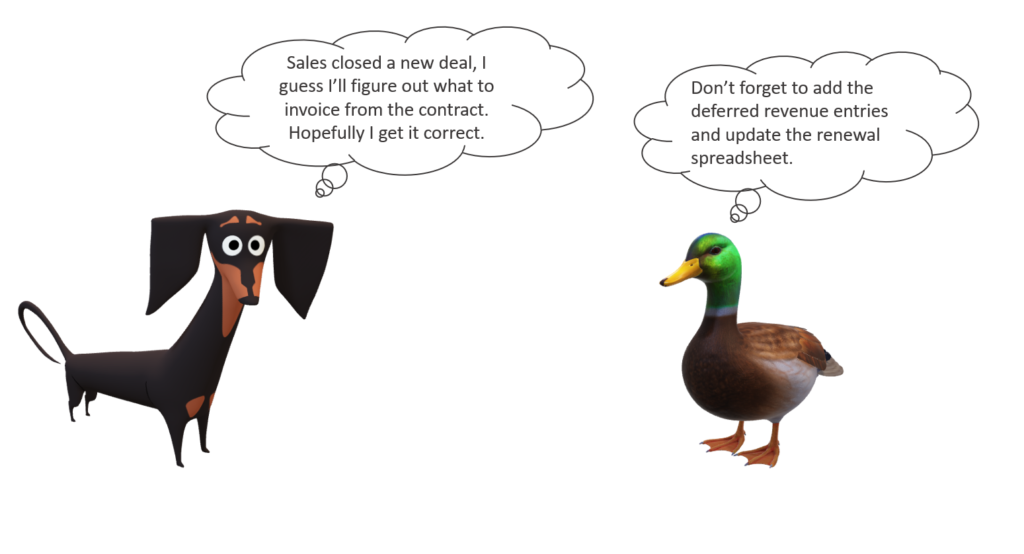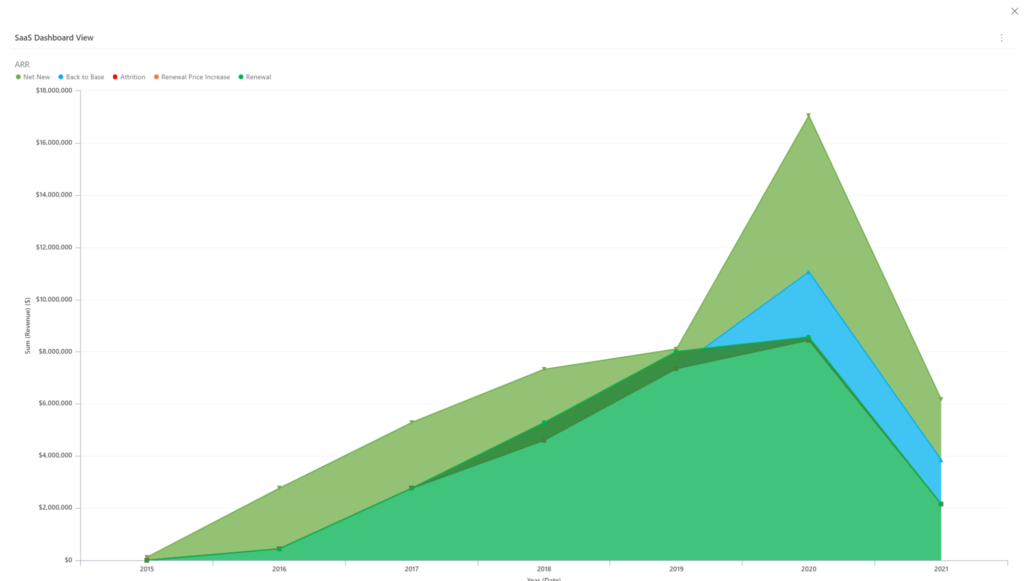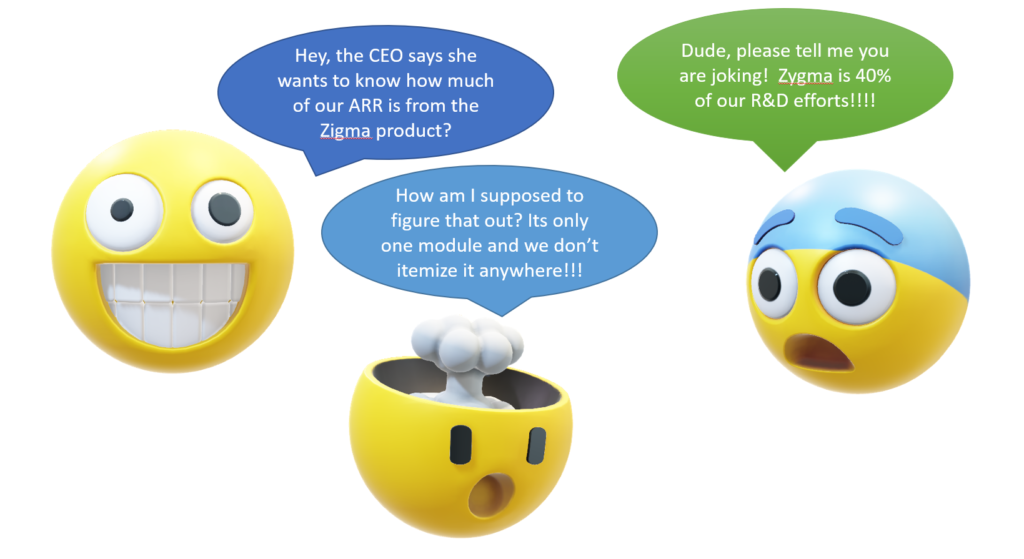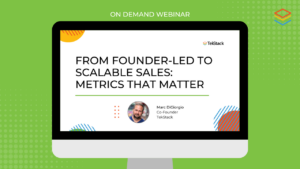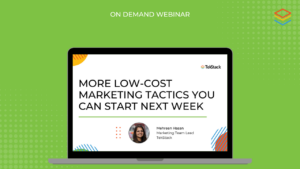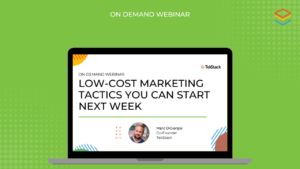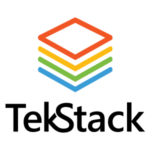
The most important revenue type in your organization, is often the one that could benefit most from operational efficiencies. Don’t leave Subscription Management to chance. In this post we’ll discuss strategies to improve operational efficiencies around subscription management. Put these in place and your B2B SaaS company will scale to the moon, and realize a number of benefits including:
- Increased ARR Growth
- Improved Retention
- Reduced DSO
- Eliminated Revenue Leakage
- Improved Win/Loss Analysis
- Better Insights to drive better decisions.
Using Products & Price Lists
Many companies we talk with -both young and old- are not using products, price lists or even currencies. Without enforcing products and price lists you are basically giving your sales reps carte blanche to invent products on a deal by deal basis. This creates confusion for your finance team at time of invoicing and renewals; and makes it impossible for your product and customer success teams downstream. Even if you don’t set a product’s price level, at least define the product and product family. It will be invaluable to your reporting down the road. Especially in win/loss analysis.
Tracking Money Fields
“I’m working on a $3M deal!!!”. Have you ever tried to break down a statement like that? Is that $3M total revenue, or ARR, Is that bookings over many years? Local or Native currency? Create consistent language in your sales organization. Our recommendation is to get reps trained on expressing deal value solely on ARR. Use ARR in all your reporting, ignoring other revenue types like services or other one-time fees. Express everything in ARR. So if a deal is multi-year, have the team express the deal size as a year’s worth of Recurring Revenue. Defining these different money fields is critical to your forecasting and tracking bookings against quota and target. Its also critical for compensation.
Tracking Discounts
If you’ve established products and price lists, the next step is to track discount levels. There are two types of discounts. Volume discounts that are structured into the price model; or discounts that are applied at the discretion of a sales rep. By tracking discounts you gain better visibility into a few things. Is your pricing model set correctly? Do certain reps need negotiation coaching? What does the impact discounting has on your ARR bookings? Ideally put in an approval process for discounted deals, and limit discounts to the first year only so that subsequent years are not impacted.
Defining Subscription Terms
I think I’ve seen a million variations on how subscriptions get negotiated. Try to reign in the madness. Define options for the following terms, and limit flexibility the reps have in negotiating the terms.
| Term Length | Monthly, 1 Year, 2 Year, 3 Year, etc |
| Subscription Start | On Order Date, on Project Milestone, or on Specified Date |
| Invoice Start | On Order Date, on Project Milestone |
| Invoice Schedule | In Advance, Annually, Monthly |
| Payment Terms | Upon Receipt, Net 15, Net 30 |
| Renewal Type | Automatic, on Signed Contract |
Manage History
A new subscription should be created for each product the customer buys. If they buy multiple products on an order, the subscriptions should be related (we use a concept of a Group). This way you can track a few things related to history such as the number of units in the subscription, and the subscription price per unit. History will also allow you to see how the subscription revenue gets spread out over each month. This information is invaluable to the downstream customer success team.
Automate Invoicing
Ideally when you close a deal, your system will create an order and generate an invoice. That invoiced amount will reference the product, quantity, and price you quoted. Everything squares nicely away. The amount of the invoice will be determined by the term (ex 1 month, 1 year, etc) and the invoice schedule. Hopefully your finance team doesn’t have to go to the contract and quote document and try to figure out what the invoice is supposed to reflect. If they get it wrong, you get a very unhappy customer, and risk timely payment. (Especially on renewals!!)
Invoice Co-Terming in Subscription Management
Another aspect of invoicing is how to deal with mid-term orders. If an existing customer who already has a subscription with you, further invests in your products, does that customer want to create a second subscription renewal; or include that new order with the existing subscription; in effect sticking to a single renewal date? We call this co-terming. It can be a real bear to manage correctly because it impacts the renewal process, invoicing process, and what to capture for bookings and commissions. Our recommendation is to encourage a single renewal date but to provide the customer an option to separate an order from existing subscriptions.
Breaking down Revenue Type
In order to visualize the breakdown of your ARR, you should track revenue types separately:
- Renewal Revenue – renewals with existing customers
- New New – new bookings with new logos
- Back-to-base – additional bookings with existing customers.
- Price Increase – contracted price increases
- Downsells – price decreases or reduced units
- Attrition – lost renewals
This becomes increasingly important in analyzing where your ARR growth is coming from. Especially the impact of back-to-base bookings. Imagine combining this information with product information. Figuring out which products are selling as expansion products the most.
Tracking “Live” ARR
This is one of the biggest retention risks out there. A renewal is coming due but the customer is not even live. There are a couple issues here. 1) How does accounting even know if a customer is live? They need a signal from the delivery team and that usually comes in the form of an email query and the answer isn’t stored anywhere. 2) Once you figure that out, how much of your ARR is ‘Live ARR’. This is a very important metric that most companies overlook until its too late.
Running Renewal Playbooks
If you are a B2B SaaS company, you are likely pushing for at least one-year subscription terms. You should start your renewal playbook 90 days in advance of the year. We have a full guide on renewal playbooks that you can check out. But needless to say its an important process to make sure you maximize your retention.
Treating Renewals as an Opportunity
The best practice you should be using is to track renewals as an opportunity, identifying them as their own Opportunity Type. This allows you to assign responsibility, track communications and process, as well as capture win/loss reasons which becomes invaluable data.
Key Subscription Management Metrics
ARR metrics rarely live in the CRM system, maybe they are in the accounting system, but often they are somewhere in between; likely a special spreadsheet. This makes it really difficult to analyze the data. We cover off metrics in a guide you can find here, but in the mean time these are the key metrics you want to track:
- ARR by Revenue Type. Product Family, Customer-at-Risk, and Customer Segment
- Live ARR
- Booking information
- Retention
- Customer Churn
How TekStack helps Subscription Management
If you are a B2B SaaS company, and want to achieve some of the operational efficiencies we referenced in this post, then maybe you should check us out. When it comes to managing subscriptions, our end-to-end CRM tool (built on Microsoft Power Platform, built specifically for B2B SaaS companies, implemented under low cost fixed priced deployments) does all this stuff. We tie opportunities to quotes using a Price/Quote module. Those quotes become orders. Orders generate Invoices and Subscriptions. We tie back the product related information, “live” customer information from our PSA module; manage co-terming; run playbook renewals; give you all the reporting you need.
You don’t need some third party tool like Chargebee or Zuora that will cost you a mint, and barely talk to CRM and accounting. If you want to see how we compare to a technology stack based on a bunch of disparate tools, check out this link. If you are interested in a demo, we’d love to give you one. you can click here.

